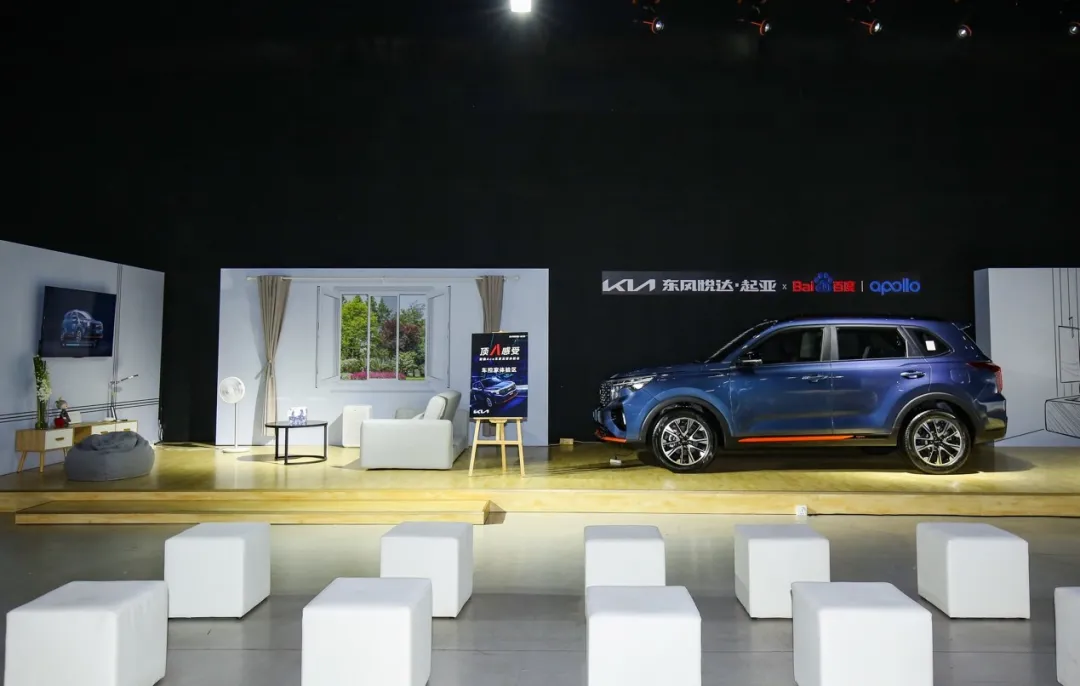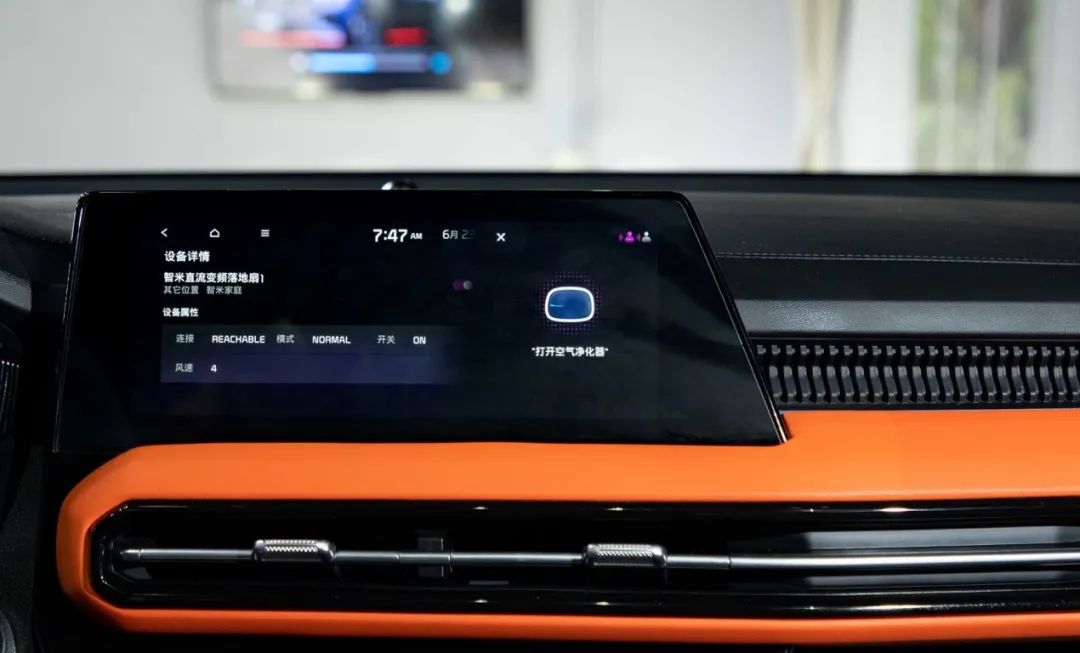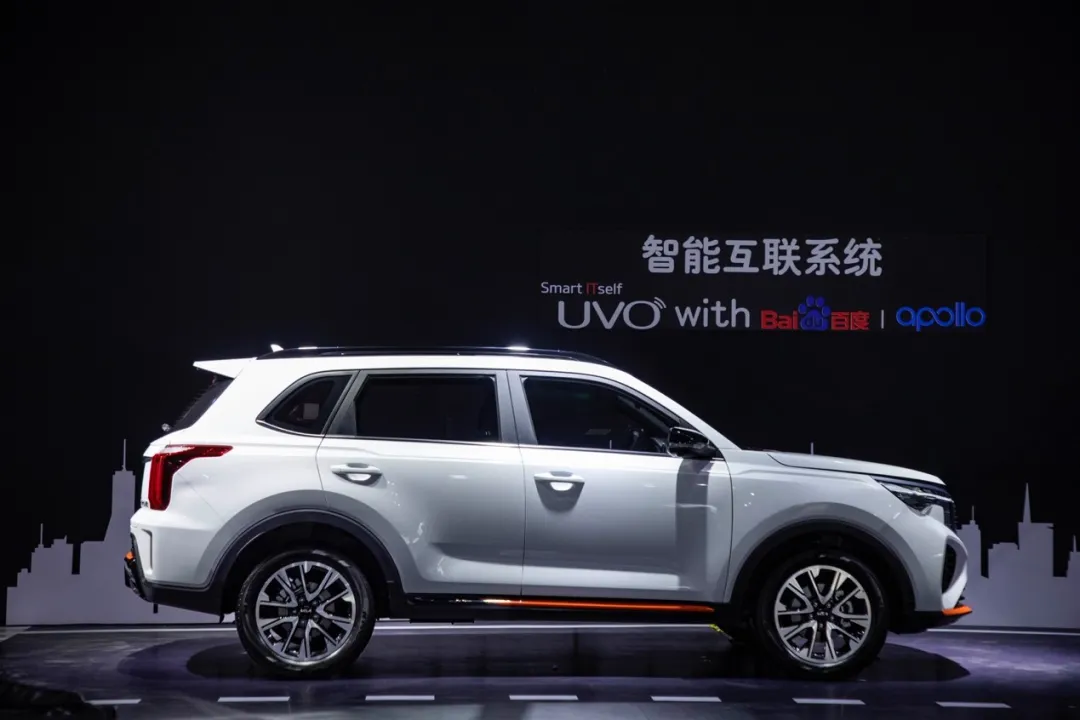Author: Michelin
A month ago, the release of HarmonyOS brought us to the era of connected devices, where our phones, computers, cars, smart homes, and more became nodes in a network of interconnected things. Even earlier, Xiaomi announced that they were making cars with smart home ecosystems, bringing cars closer to Xiaomi air conditioners, air purifiers, and floor cleaning robots as if cars were remote controls for smart home appliances.
However, although the slogan of “connected devices” has been around for many years, realizing it is not as easy as we think. The compatibility of software systems with hardware, the maturity of system iterations, the richness of the interconnectivity ecosystem, and whether there are people to play with are all problems that cannot be ignored before considering technical problems of interconnectivity between people, cars, and homes.
After years of deep involvement in the field of smart cars, Baidu has launched its third-generation new system, the Baidu Intelligent Interconnect System 3.0, even before Xiaomi has made cars to carry out its “car-home interconnectivity” dream. This time, we will personally experience this brand new interconnectivity system and see how it works with the Dongfeng Yueda Kia Sportage Ace, a petrol car.

What’s New with Baidu Intelligent Interconnect System 3.0?
This upgrade of the Intelligent Interconnect System 3.0 is mainly focused on car-home interconnectivity, specifically the car controlling the home and the home controlling the car, enabling the car and mobile phones and smart homes to be interconnected.
On the “car controlling the home” side, users can interactively control more than 400 smart home devices such as home air conditioning and air purifiers from the car cabin. In our actual experience, we can wake up the voice command by saying “Hello, Xiaodu,” and then issue commands by voice.
For example, saying “turn on the air purifier at home” will automatically turn on the air purifier that is already connected to the car. Saying “turn on the floor cleaning robot” will start the floor cleaning robot. For devices that require “preheating” such as air conditioners and air purifiers, they can be remotely turned on before returning home, making the floor clean and the temperature comfortable when you get home.
 In addition to simple on/off commands, intelligent home devices can be finely adjusted in the car, such as “dim the desk lamp”, which can make the lamp in the home darker, or remotely change the color of the night light. Although adjusting the desk lamp in the car may seem like a limited function, this kind of fine adjustment capability still provides us with a lot of imagination space for car-home control, such as remotely adjusting the temperature and humidity of the air conditioning, adjusting the suction power of the floor sweeping robot, switching between sweeping and mopping functions… In the future, this kind of fine control function may even allow the car-home control function to be used in high-security places such as the kitchen.
In addition to simple on/off commands, intelligent home devices can be finely adjusted in the car, such as “dim the desk lamp”, which can make the lamp in the home darker, or remotely change the color of the night light. Although adjusting the desk lamp in the car may seem like a limited function, this kind of fine adjustment capability still provides us with a lot of imagination space for car-home control, such as remotely adjusting the temperature and humidity of the air conditioning, adjusting the suction power of the floor sweeping robot, switching between sweeping and mopping functions… In the future, this kind of fine control function may even allow the car-home control function to be used in high-security places such as the kitchen.
In addition to using the vehicle to control the home, Baidu also provides “Home Control Car” function, which can remotely control the air conditioning, doors, and the car’s lights of the Intelligent Driving Ace using the Baidu Smart Speaker at home. The most frequently used feature in “Home Control Car” is probably the remote air conditioning function. In the hot summer, many users will use the app on their phones to turn on the air conditioning in advance to avoid the heat during the waiting period when they get into the car. Saying “turn on the car air conditioning” to the smart speaker at home saves us the step of taking out our phone and opening the app.
However, it is unclear whether this function is compatible with the original function of the smart speaker. For example, combining the function of turning the car’s air conditioning on/off with the function of setting alarm clocks. Before going to bed, when I want to leave at eight o’clock in the morning, I can say, “Hey Xiaodu, open the car air conditioning at 7:30 am tomorrow morning”, which can avoid the inconvenience of turning on the air conditioning remotely when I wake up, and this may be a boon for lazy people.
In addition to car-to-home connectivity, some small tips have also been added to the intelligent connectivity 3.0 system between cars and mobile phones. For example, a “Xiaodu pick-up” mini-program has been added to the car navigation system. After scanning the code with WeChat on the phone, the destination my friend sent me can be directly displayed on the car navigation system, eliminating the need to enter the address again on the car. Of course, for those addresses that are already stored on the phone, after the phone and car screen are connected to the “Baidu Map Car Version”, they can be sent directly to the central control screen with one click.
UVO remote control can also solve travel-related problems anytime and anywhere via a phone. By connecting to the UVO service center, car owners can ask for assistance regarding issues such as vehicle repair and maintenance appointments, and get information regarding the availability of gas stations, parking lots, restaurants, and many other facilities.
Car-to-home connectivity means that the car is not just a remote “controller”.To describe the function of the car-home interconnection system, people often compare cars to large remote controls. However, simply adding a “remote control” to the car’s system is not feasible for the practicality and ease of use of the car-home interconnection system. Only by reducing the learning and usage thresholds of “car control home” and “home control car” can the car-home interconnection system be useful and practical, rather than just a decoration.
In this experience, we found that Baidu uses voice interaction to control almost all car-home interconnect functions, allowing users to control them by simply speaking commands without any learning threshold. Voice control also does not occupy the driver’s hands or eyes while driving. It must be said that at this stage where people still need to drive, only functions that can be used while driving and do not affect driving can be used by more people.
In order to support the voice control function of “people-car-home” interconnection, Baidu has adopted a new DuerOS voice recognition engine, which supports the recognition of wake-up calls and control commands in both the driver and passenger zones. For example, when the voice is awakened by the driver, the dual-zone voice recognition system will not be disturbed by other passenger’s chat content. Even if the passengers in the back seat say instructions such as “turn on the air conditioner” or “play music” during their conversation, the car’s system will not be affected. When the passenger in the front seat says “turn on the air conditioner at home,” the car’s system will accurately recognize the command and will not mistakenly recognize it as turning on the car’s air conditioner.
Lastly, the collaboration between Baidu’s car-home interconnection system and Dongfeng Yueda KIA Smart Run ACE shows a new attempt to work with joint venture car brands and make up for the shortcomings of intelligent applications in fuel cars, which are usually associated with electric cars, independent brands, and new car-making technologies.Car-home interconnectivity has opened the door to a smarter lifestyle, revealing that vehicles are not just automobiles, but rather mobile spaces. Faced with the vast blue ocean of car-home interconnectivity, each enterprise is exploring its own advantages: some, like Xiaomi, bring their own smart home ecosystems to enable cars to be connected and controlled; others, like Huawei, take advantage of HarmonyOS to break down barriers between different devices such as cars and home appliances; while still others, like Baidu, utilize their early-mover advantage in ecosystem partnerships and technical expertise to design modular solutions tailored to the needs of different automakers, and truly implement technology on the ground, iteratively improving upon feedback from its implementation.
After all, only the car-home interconnectivity that actually lands on the ground is true car-home interconnectivity.
This article is a translation by ChatGPT of a Chinese report from 42HOW. If you have any questions about it, please email bd@42how.com.
